What else can automakers do?
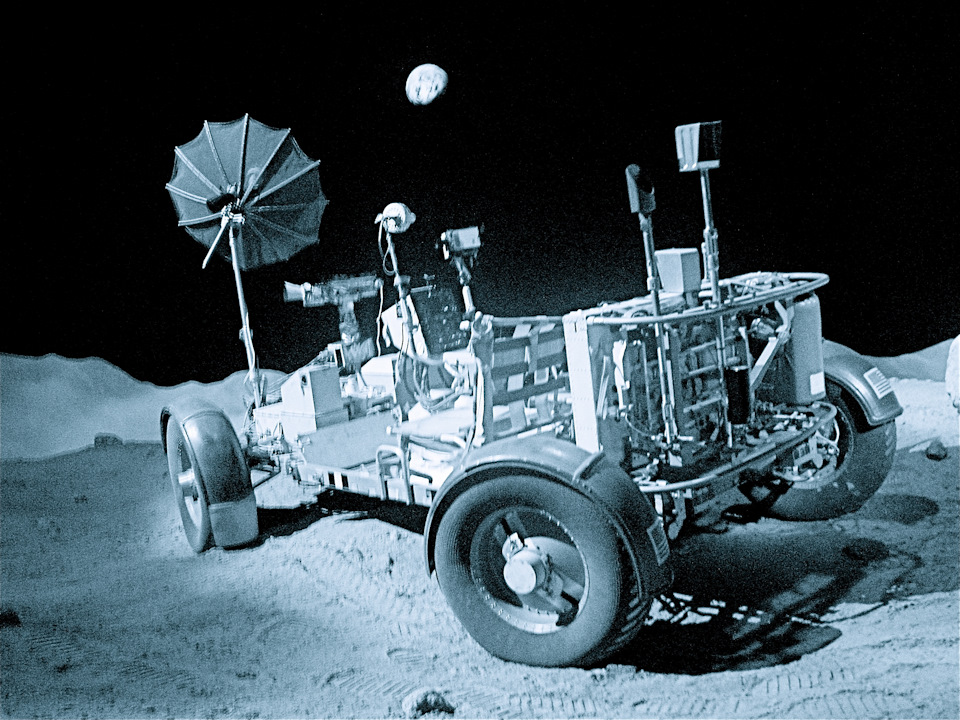
Large automakers have enormous resources, many of them, in addition to factories that assemble a finished car, independently produce all the parts for them or even extract resources for their manufacture, have their own transport and logistics companies to minimize costs, own power plants, engineering networks and much more.
Such serious resources allow automakers to create not only modern and technological machines, but also engage in other promising or profitable developments, sometimes completely unexpected and in no way connected with transport.
The most automotive, from today's list, will be a lunar all-terrain vehicle, also known as the "moon buggy." As is clear from the title, this vehicle was developed to move over the surface of the Moon and most of the work on it was carried out by two companies - Boeing and General Motors. Work on the American Lunokhod began in 1962, in addition to these companies, the project has worked many more companies from a wide range of industries. Chrysler also offered its development, but in the autumn of 1969 Boeing was appointed the general contractor, who, as a developer of wheels, suspension and engine, deemed it necessary to attract General Motors.
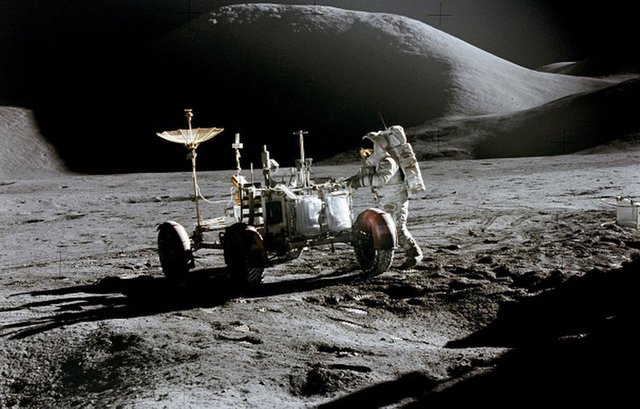
The wheels were made of special aluminum mesh - from such material it could not get any serious damage, titanium chevrons on the contact side of the wheel provided grip to the surface of the Moon. The wheel and the skeleton of the wheel are also made of aluminum. Each wheel was supplied with an electric motor developed by Delco, which also belongs to the concern of General Motors. One engine is capable of producing 0.25 hp. At 10,000 rpm. This was quite enough, given the force of gravity on the satellite, as well as the lack of roads on it. The lunar buggy accelerated to 18 km / h.
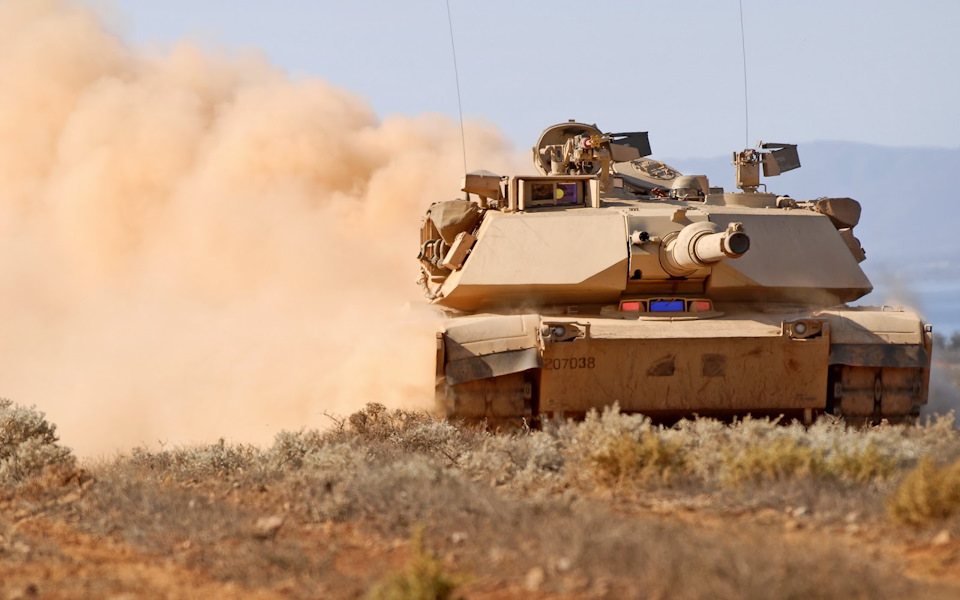
In the 1970s, several attempts were made in the United States to replace the obsolete M60 Patton tank. Two prototypes were also presented by auto-giants Chrysler and General Motors. The creation of Chrysler was deemed too expensive, but promising, the prototype from GM was much inferior to it. This time the company Chrysler won. The tank was named M1 Abrams, after General Creighton Abrams fought in Vietnam. The revised version began to arrive in service in 1979 and received many modifications, constantly improving. The command believes that the potential for development of the Abrams tank will last until 2050.
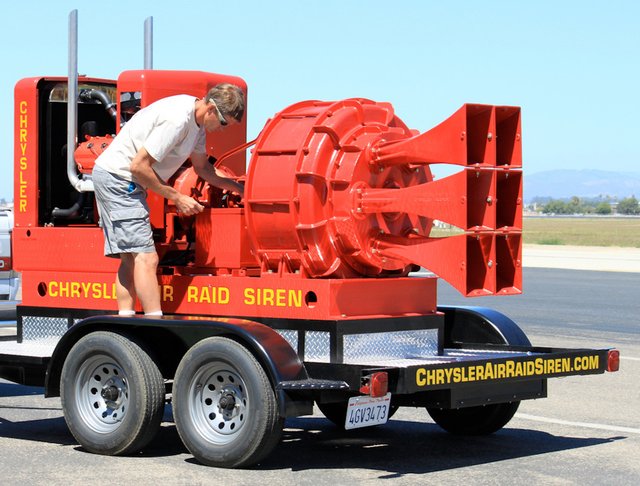
Earlier, during the Cold War, the same company created a "big red whistle". That's the name of the siren created on the basis of the 5.4-liter Hemi V8, rated at 180 hp. In the event of an attack by the Soviet Union, installed in remote areas with low population density, sirens, were to warn the population about a nuclear strike. Six 90-centimeter horns produced 138 dB, which allowed to hear the siren at a distance of up to 40 km. It is believed that Chrysler Air Raid - the loudest siren in the world. It was produced from 1952 to 1957. Over time, many of them were written off, but a part to this day is on alert duty.
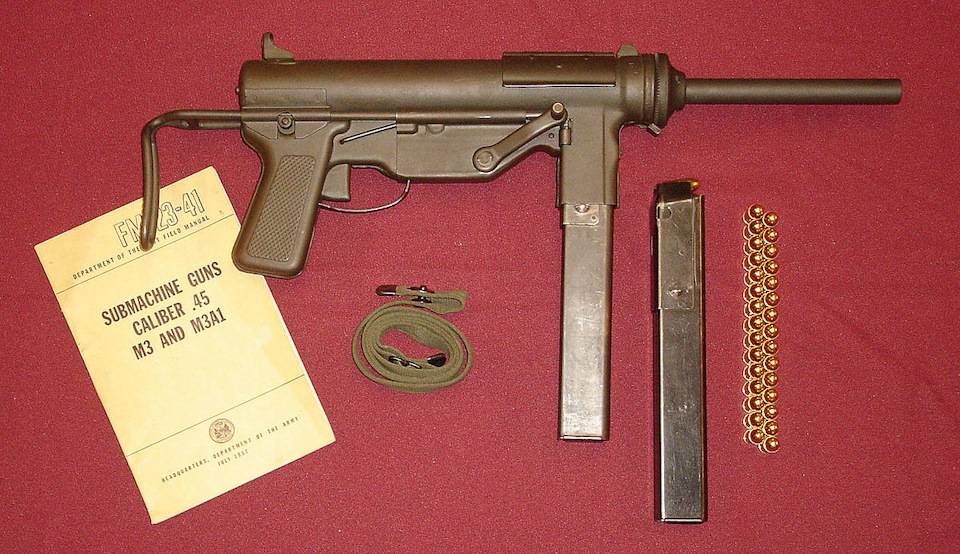
Closing the military theme, we will return to the corporation General Motors. Thanks to the engineer of this company, George Haidu, in 1942 the American army received a new compact submachine gun M3. He came to replace the legendary Tomii-gan and because of his appearance he was nicknamed "oiler", he was very much like a lubricating gun used in car-care centers. To this day, the M3 is in the arsenal of the army of the Philippines.
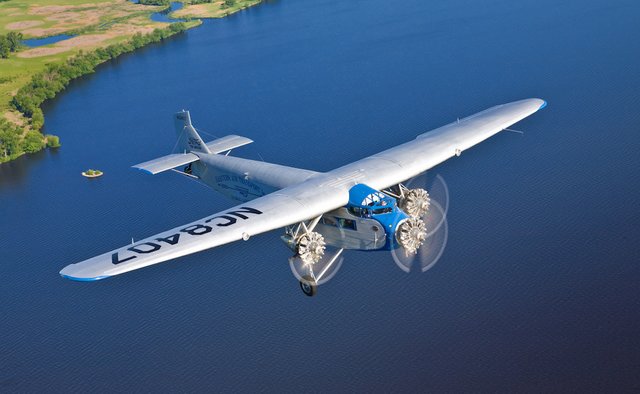
In the early 1920s, at the insistence of Edsel's son, Henry Ford turned his attention to the aviation industry. Edsel assured his father that there was a future for passenger air travel, and Henry Ford listened. In addition, shortly before this conversation, the father and son invested $ 1000 in Stout Metal Airplane Company, which was created by the famous inventor and engineer, one of the pioneers of the streamline, William Stout. In 1925, Ford redeemed his company, renamed it Ford Airplane Company, but left Stout to lead the development, and already in 1927 a Ford Trimotor aircraft, nicknamed the Tin Goose, rose to the sky.
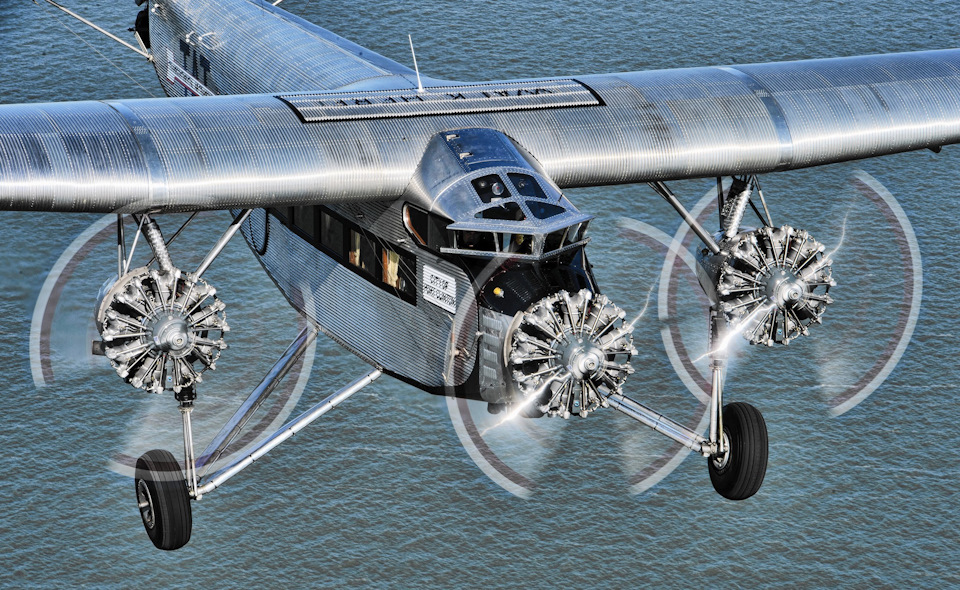
The all-metal three-engined aircraft, in addition to the three crew members, also accommodated nine passengers, depending on the modification. The engines of the airliner from a third-party manufacturer developed power from 600 to 1200 hp. Like Ford cars, Trimotor also earned a reputation for simple and reliable technology. In the late 1920s Ford became also the largest manufacturer of commercial aircraft, its name ensured confidence in the industry and many investors turned their views there. Soon, much more advanced passenger airplanes appeared, and William Stout left the company, and Henry Ford was not interested in its development. The impetus for closing the unit was the Great Depression. From 1927 to 1933 was released 199 Ford Trimotor, until 1989, one of them worked in the postal service of the United States.
Congratulations @softjoker! You have completed some achievement on Steemit and have been rewarded with new badge(s) :
Click on any badge to view your own Board of Honor on SteemitBoard.
For more information about SteemitBoard, click here
If you no longer want to receive notifications, reply to this comment with the word
STOPSTOP